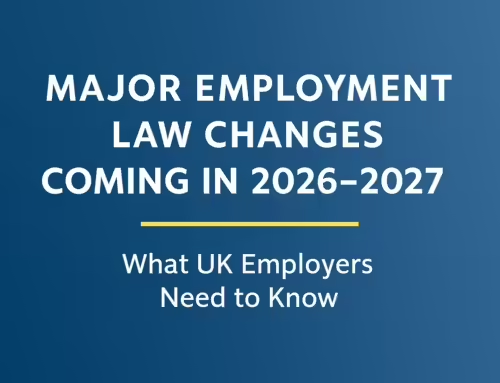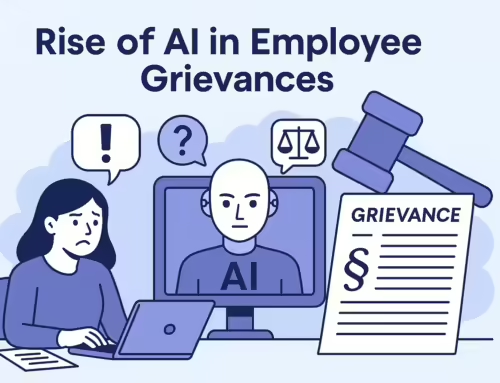Photo by Saif71.com on Unsplash
What is Considered Harassment in the Workplace?
Its important to note that behaviour that could be considered harassment can take many forms such as spoken and written words, social media posts, physical gestures, interfering with a person’s property, and jokes or pranks. These are all examples of unwanted conduct.
The Act covers several topics however, it most crucially makes specific types of harassment unlawful. These are…
Harassment Related to a Protected Characteristic
Aggravation of any individual in relation to a protected characteristic is also classed as discrimination. These protected characteristics include…
- Disability
- Race
- Religion and Beliefs
- Age
- Gender and Gender Reassignment
- Sexual Orientation
Under law, any interaction which creates an hostile or intimidating environment for an employee relating to a protected characteristic is considered harassment. This is true even if offence or humiliation was not intended in the eyes of the employee,
Sexual Harassment in the Workplace
Sexual harassment occurs when a worker is the victim of any of the types of conduct outlined previously and which is inherently of a sexual nature. It does not have to be sexually motivated however.
The Equality and Human Rights Commission states that conduct of a ‘sexual nature’ can take many forms including…
Sexual comments or jokes
Displaying sexually graphic pictures, posters or photographs
Suggestive looks, staring or leering
Propositions and sexual advances
Making promises in return for sexual favours
Sexual gestures
Intrusive questions about a person’s private or sex life or a person discussing their own sex life
Sexual posts or contact on social media
Spreading sexual rumours about a person
Sending sexually explicit emails or text messages
Unwelcome touching, hugging, massaging or kissing
It is important to note that an individual of any gender or sex can be responsible for unwanted sexual conduct, not just someone of the opposite sex.
Consensual or mutual sexual interactions cannot be categorised in this way because it is invited. This does not mean that any previous sexual conducted cannot be considered harassment as the result of an individual consenting in one instance.
What are Employers’ Responsibilities?
Employers have a direct legal duty to prevent specifically the sexual harassment of their workers. This is something which is known as a preventative duty.
This means that employers should be positively transforming the culture of their business and behaviour of their employees in order to proactively prevent any sexual harassment.
This preventative duty only applies to sexual misconduct and not harassment regarding a protected characteristic however, the following guidance is applicable to all forms of harassment and employers should ensure that there is an effective zero harassment policy within their business.
This should be done through training employees about the various forms of harassment and that what they may consider to be a joke is actually harassment under these guidelines. All employees should also be aware of the steps which are in place in order to report any workplace harassment and the support systems which should exist within the corporate structure.
As with any other employee concerns, employers must keep a record of any reports of harassment and any steps which are taken including disciplinary meetings and hearings.





You must be logged in to post a comment.